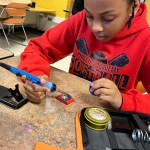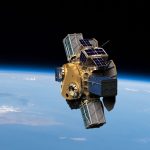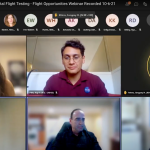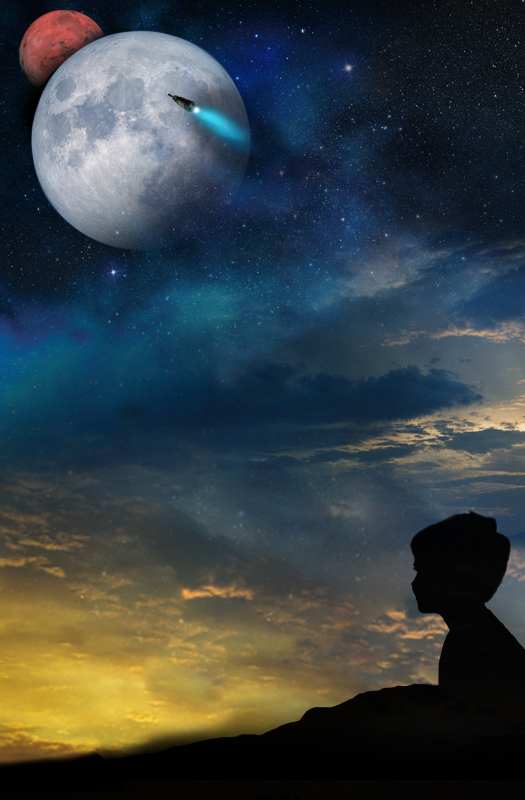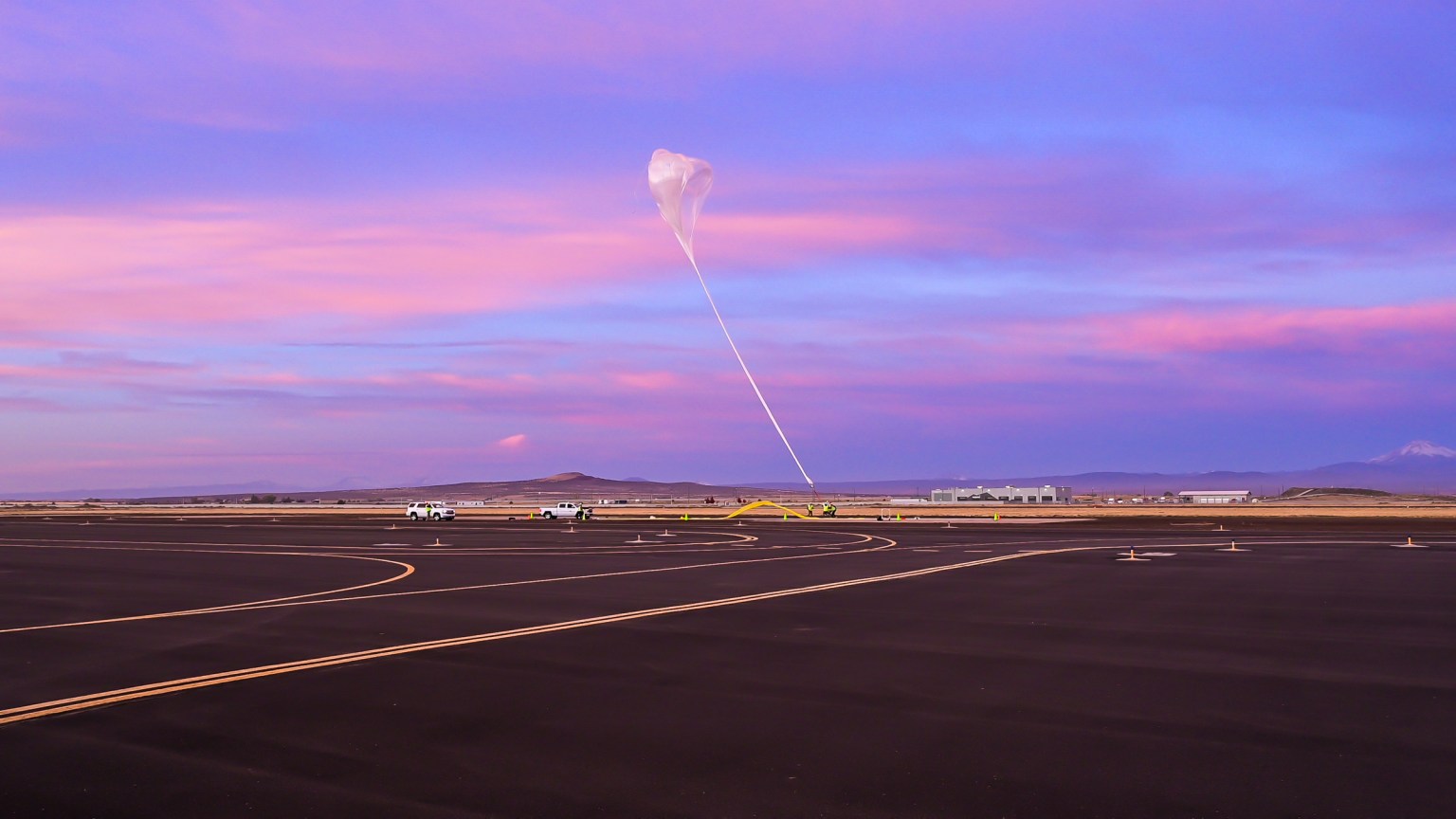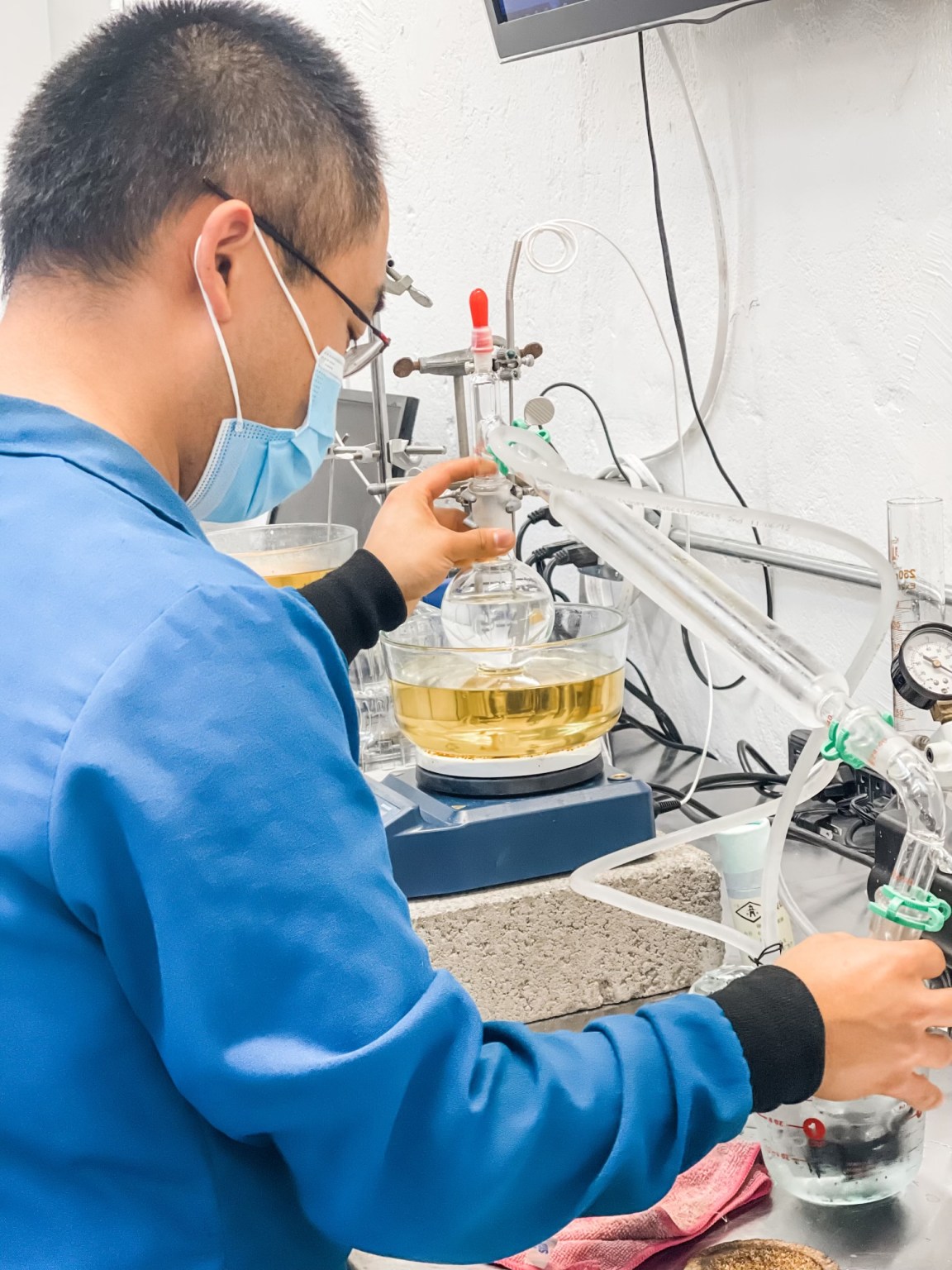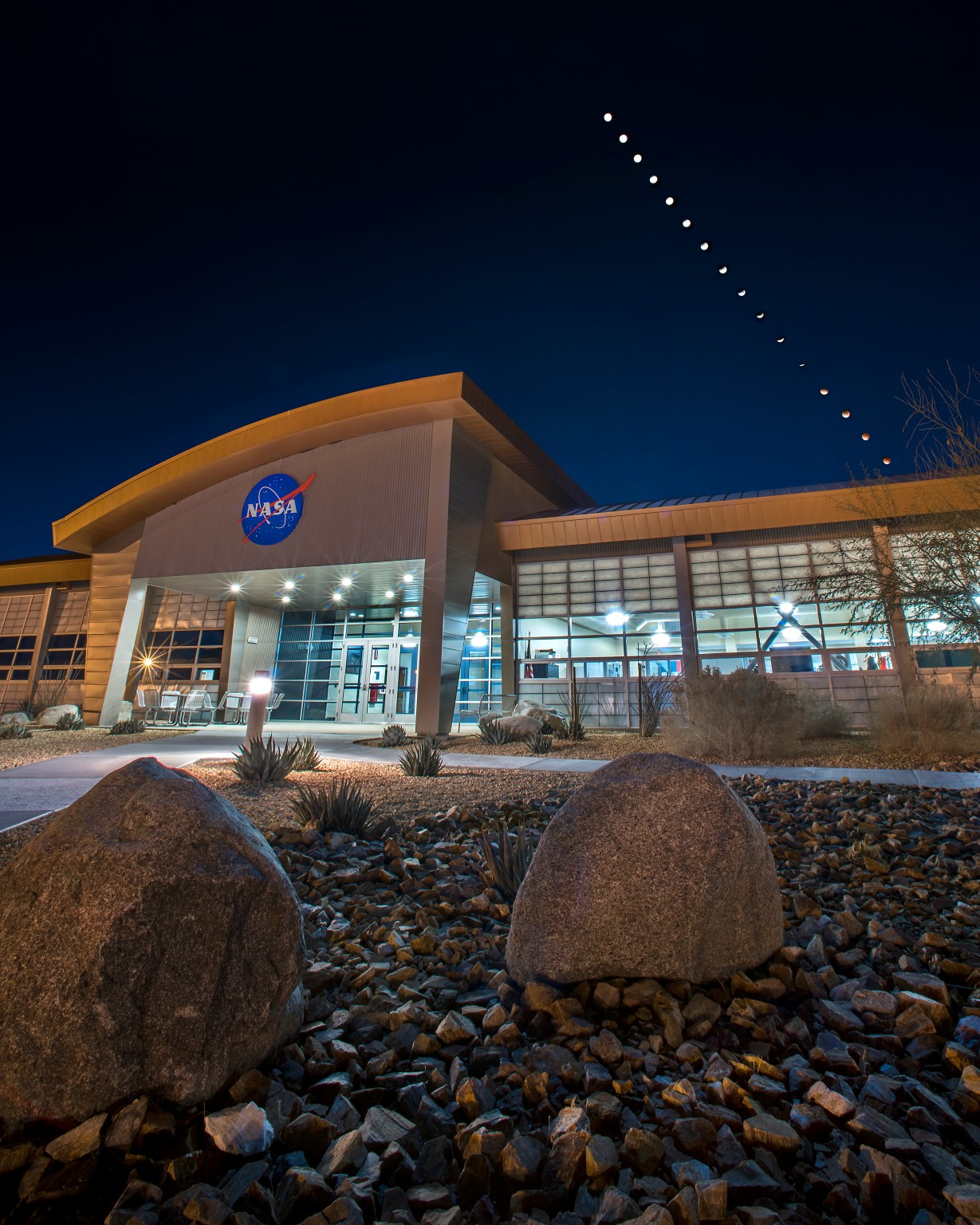The TechRise Challenge seeks to equip America’s future workforce with the skills needed to advance the U.S. aerospace economy. For the 2024-2025 challenge, more than 530 students from 50 states and territories worked to turn their proposed science and technology experiments into reality, giving them real-world, hands-on experience with the same processes that professional researchers follow.
The 2024-2025 teams’ experiments flew on a high-altitude balloon operated by World View. Read on for more information about these flights.
GRade Levels
6-12
Number of Students
530+ students at 60 schools
flight date
June 16, 2025
flight location
Page, Arizona
High-Altitude Balloon Flight
On June 16, students from 60 middle and high schools watched their experiments launch aboard a high-altitude balloon as part of the fourth TechRise Challenge. The high-altitude balloon operated by Tucson-based World View launched at 8:37 a.m. ET from Page, Arizona.
Read more about the flight below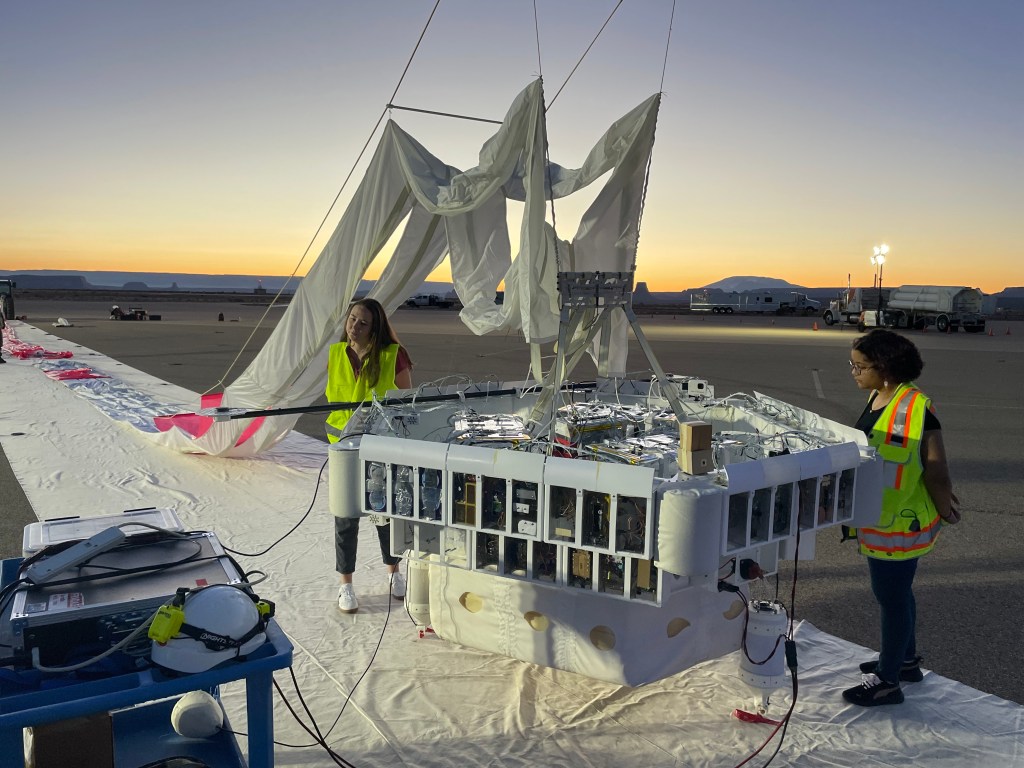
2024–2025 TechRise Flight Test
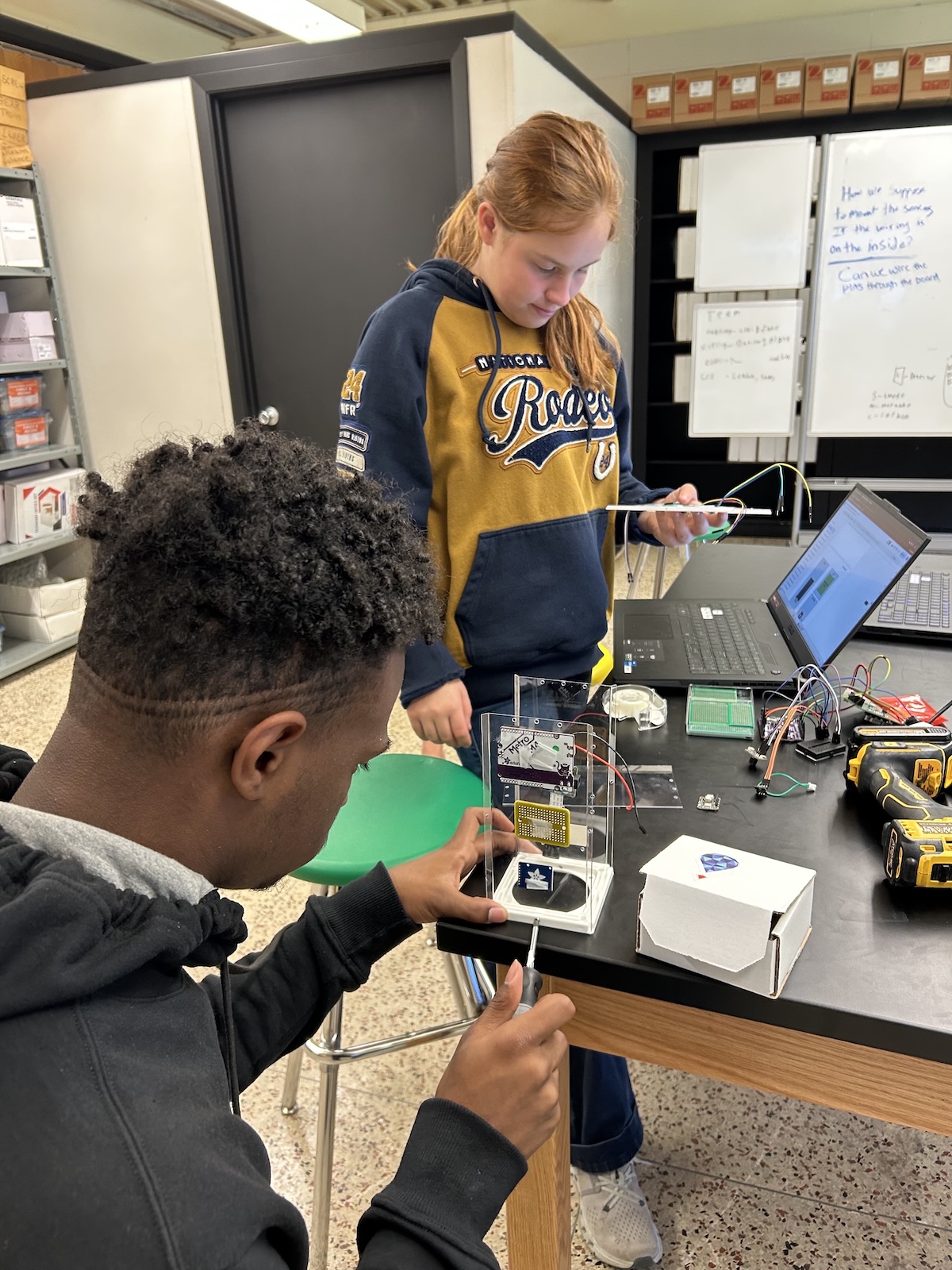
NASA TechRise Student Challenge team members from DeRidder
Junior High School in DeRidder, Louisiana work together to mount their
components to the flight box. Credits: Jane Buxton (DeRidder Junior High)Student projects flew for approximately 5.5 hours in the stratosphere at over 70,000 feet with exposure to Earth’s upper atmosphere, high-altitude radiation, and views of Earth.
At that altitude, these student payloads experienced the stratosphere’s unique thermal and atmospheric environment — providing conditions that ground-based testing cannot replicate. The high-altitude balloon also allowed payloads to observe the surface below them and collect data on land features such as vegetation and bodies of water.
Student experiments addressed a wide variety of challenges. For example, the team from Gorham High School in Maine investigated cost-effective space suit insulation. The students performed atmospheric-related tests on various materials commonly found in space suits, including mylar and carbon felt, to find a more affordable yet safe solution for future space travel.
Students from DeRidder Junior High School in Louisiana developed a payload to sense thermal signatures, which has a multitude of uses. For example, for agricultural-based communities like their own, understanding the relationship between thermal loads and crop yields could help optimize the spacing of plants. Learning how to grow crops at lower atmospheric pressures and in colder temperatures may also inform how we will grow food on the Moon and Mars someday.




























